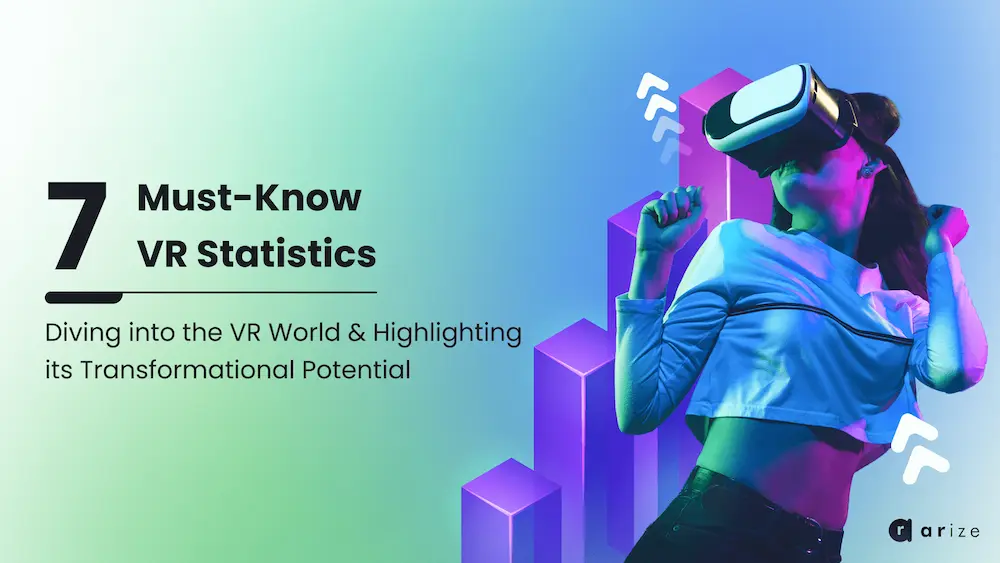Adopting virtual reality across companies, governments, and the general consumer has been widespread. Also, it continues to grow as its potential is realized with every new development.
But to measure just how well it is doing and how significant its potential is.
Seven VR statistics that everybody should know
- Firstly, the latest statistics show that VR game revenues are set to increase to $3.2 billion by 2024, up from $1.8 billion at the end of 2022. That’s an increase of nearly 80%. (via newzoo)
- Statistics show that between 2021 and 2028, the compound annual growth rate of the VR market will be 18% .(via Grand View Research)
- In 2021 9.69 million VR and AR headsets shipped worldwide. In 2022 this number increased to 14.94 million (a 54.2% increase). In 2023 that number is estimated to increase to 23.22 million. By 2025 it is expected that 43.87 million devices will be shipped worldwide. The forecast shows VR is staying strong. (via IDC)
- Although VR and AR impact only a few jobs worldwide, this is set to change drastically, with as many as 23 million jobs set to involve VR and AR in some form by 2030. This includes training, meetings, and customer service. (via PricewaterhouseCoopers)
- The sectors driving the growth of VR the most are gaming and entertainment. Introducing consumer headsets such as PSVR, Oculus, and more makes it easy, convenient, and more affordable for audiences to participate in VR gaming. It is also popular in the education sector because of its training capabilities. (via Grand View Research)
- Investment in VR by country is expected to increase significantly as well. Of course, China is at the top of this list, with the US following closely behind. Together, they will be responsible for 58% of global investment in VR. (via Statista)
- Finally, 47% of VR (and AR) usage is in social media content. This is followed by video games (40%), live streaming (32%), film and entertainment (31%), advertising (28%), and music (28%). (viaGitnux)
Are you ready to embrace tomorrow?
As you can see, VR, like the other XR technologies, is going from strength to strength, and they aren’t showing signs of slowing down anytime soon. VR is here to stay and will quickly be incorporated into many significant areas of our daily lives. Are you ready to embrace tomorrow?



